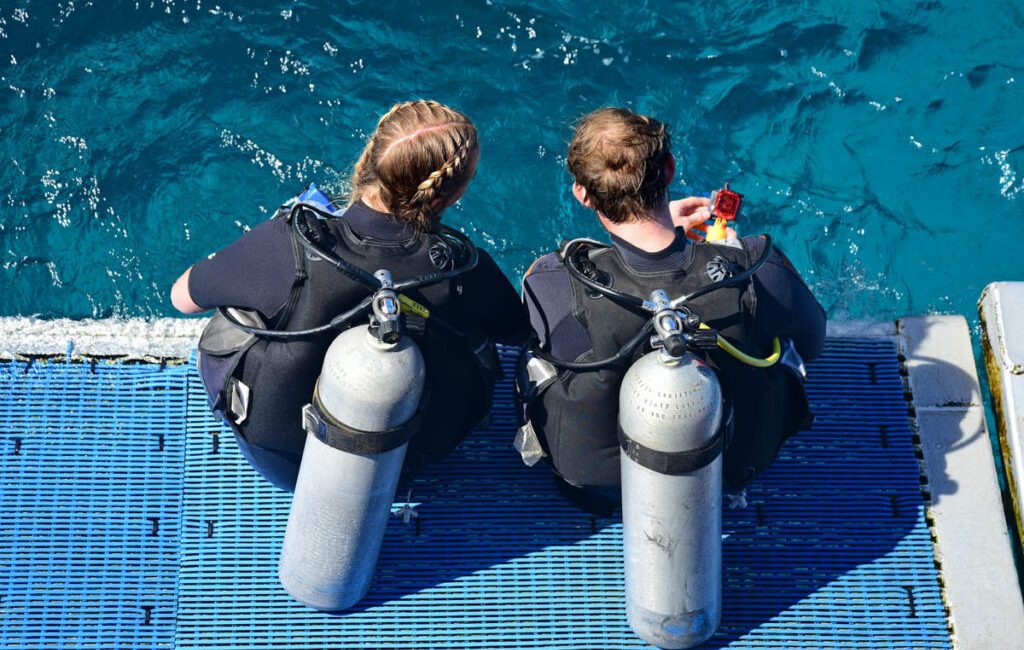Once ghostly white and silent, stretches of coral in the Great Barrier Reef, the Florida Keys, and the Seychelles are glowing again with soft pinks, violets, and golds. After years of mass bleaching driven by warming seas, these ecosystems are proving one crucial point: recovery is possible. The question now is whether divers — those drawn by the same beauty that nearly vanished — can help that recovery rather than harm it. It begins with mindful preparation, responsible practices, and the right wetsuits to ensure comfort and minimal environmental impact.
Signs of Recovery in the World’s Reefs
Across the oceans, signs of regrowth are surfacing.
Great Barrier Reef, Australia: After several severe bleaching events, coral spawning has reached record density, showing resilience under improved conditions.
Florida Keys, USA: Coral nurseries are replanting fragments in damaged zones, and survival rates are climbing, reviving once-empty reefs.
Seychelles, Indian Ocean: Community projects transplant heat-resistant species and reduce fishing pressures, giving marine life room to thrive again.
When stressors ease — cleaner waters, reduced pollution, cooler seas — corals can rebound. Their recovery proves that protection and patience still matter.
The Science Behind Regrowth
Corals are living animals hosting microscopic algae called zooxanthellae, which give them both colour and life. When seas warm or pollution rises, corals expel these algae, turning pale — a process known as bleaching. Yet, if temperatures drop and waters stabilise, they can regain their algae and recover.
Scientists now support this process through coral gardening — growing healthy fragments in nurseries and replanting them on the reef. With drones, sensors, and reef-safe tourism rules, technology and conservation are merging to rebuild ecosystems once thought lost.
The Diver’s Role in Coral Recovery
Eco-tourism can be a force for renewal. Divers fund conservation, generate critical data, and raise awareness — so long as they act as stewards below the surface.
- Control your buoyancy to prevent contact with the coral or its surrounding sediment.
- Refrain from standing on or otherwise resting against coral structures.
- Use mineral-based sunscreen or wear a wetsuit to reduce the introduction of chemicals into reef ecosystems.
- Choose to explore with an operator tasked and trained in coral planting, and local conservation efforts.
Every dive is an opportunity to conserve — every underwater move is a choice to amplify or diminish restoration efforts.
When Eco-Tourism Becomes Stewardship
Around the world, citizen divers are swapping sunbathing for stewardship. Through photography, coral logs, and reef cleans, they collect valuable information for scientists. Eco-certified dive centres now educate guests on sustainability and the right way to relate to these otherworldly ecosystems. How to navigate without a trace.
Every dive is an opportunity to protect — every move we make underwater either supports or detracts from recovery.
The Ocean’s Second Chance
The bleaching is a warning, not a fatality. Below the surface, a silent regeneration is happening — supported by science and community, and the right form of visitors. Those who navigate mindfully through these delicate universes of life, and whose presence helps the ocean heal — one dive at a time.
Every coral we photograph, every reef-safe product we choose, every blue flutter-kick we make. The ocean is self-repairing itself — but it’s up to all of us to keep it alive.
THE SCUBA NEWS Link !
DemirHindiSG 24 Kasım 2025-21:20





